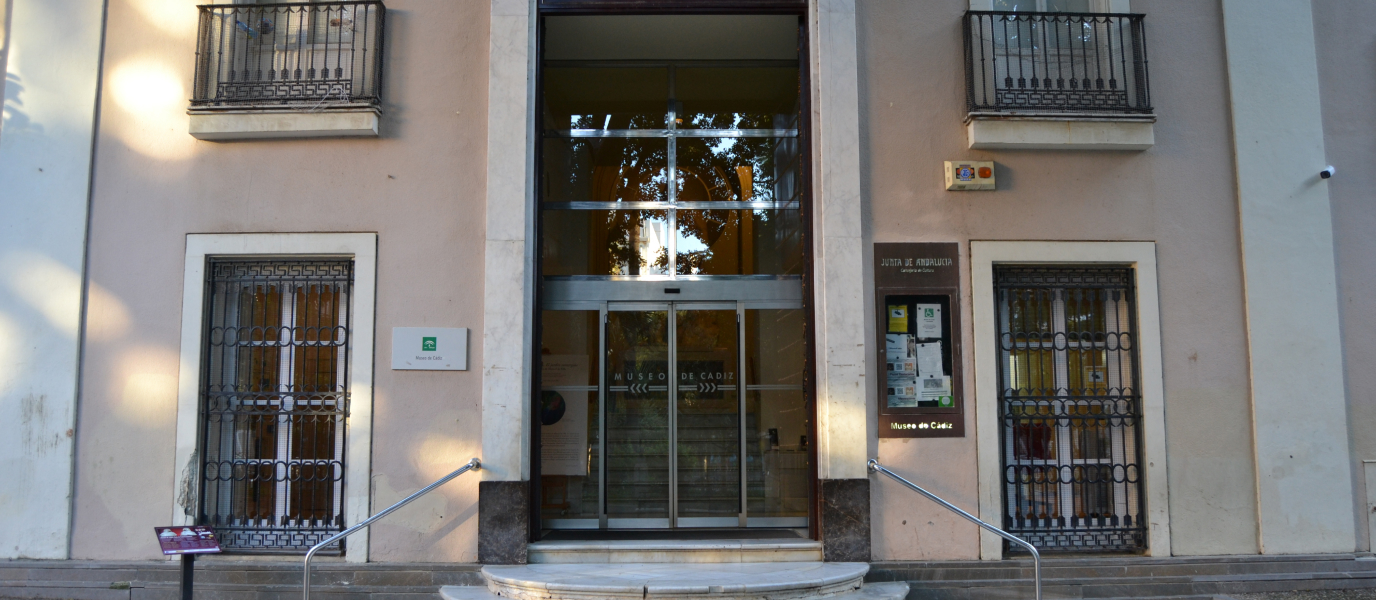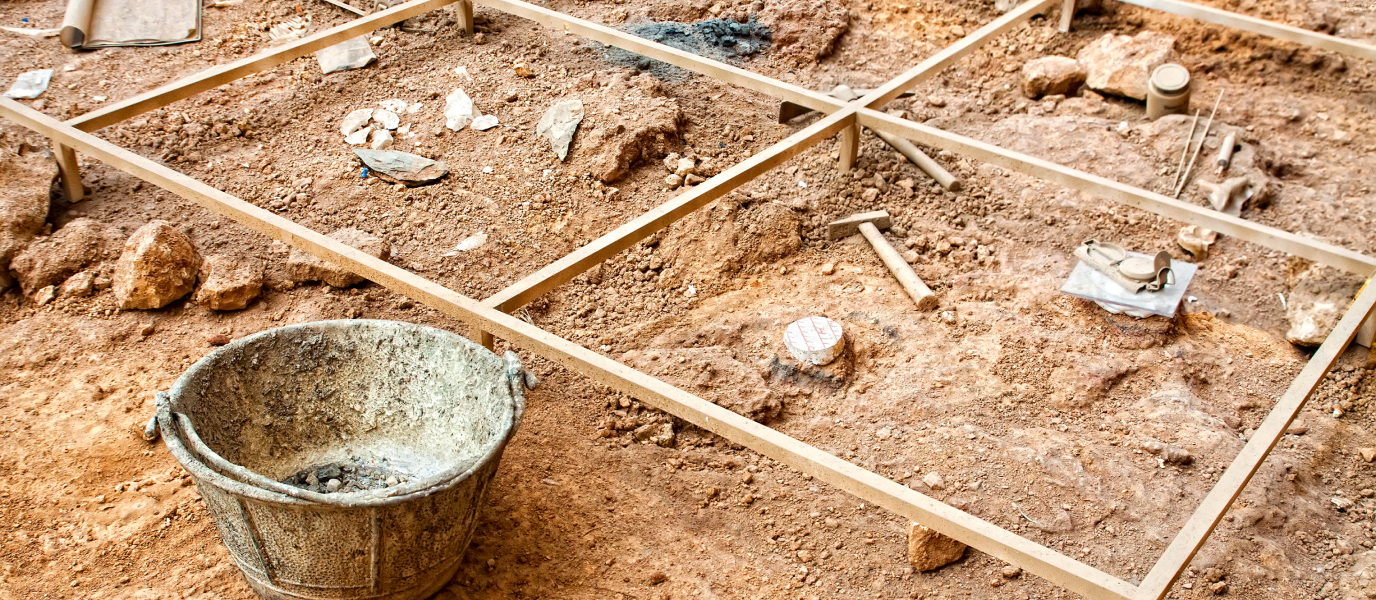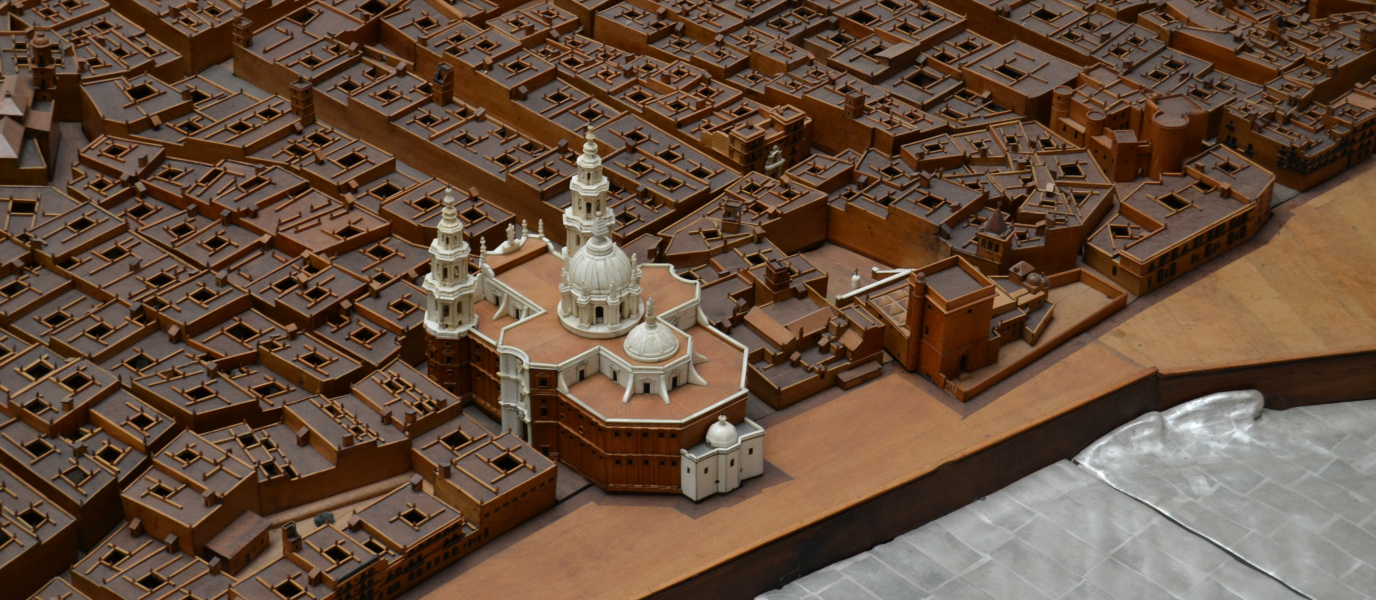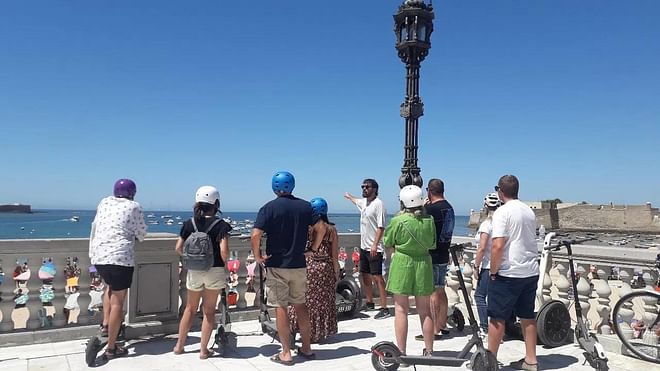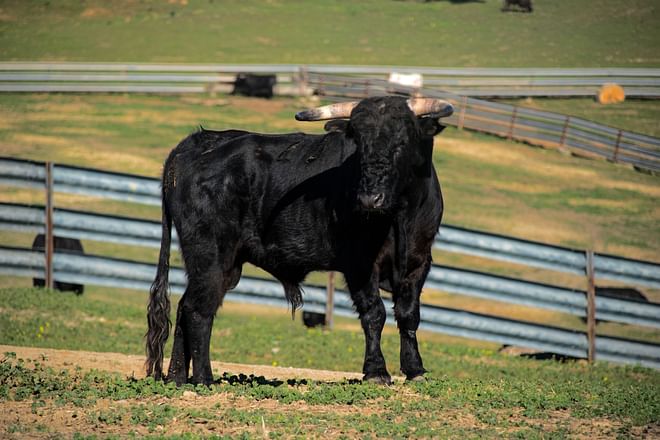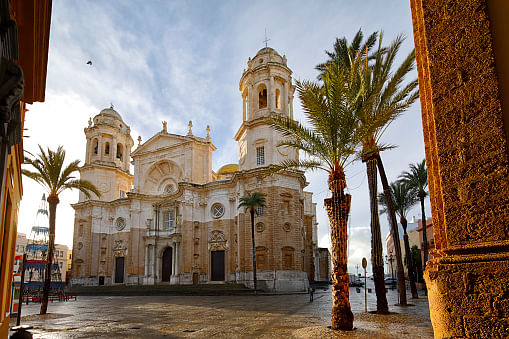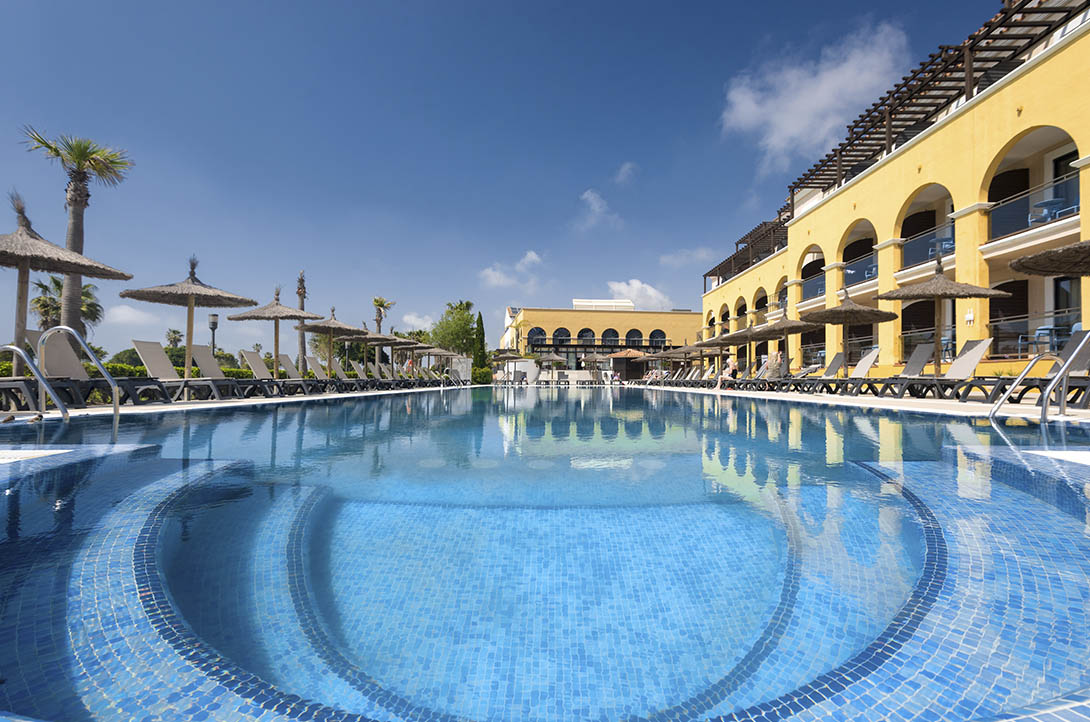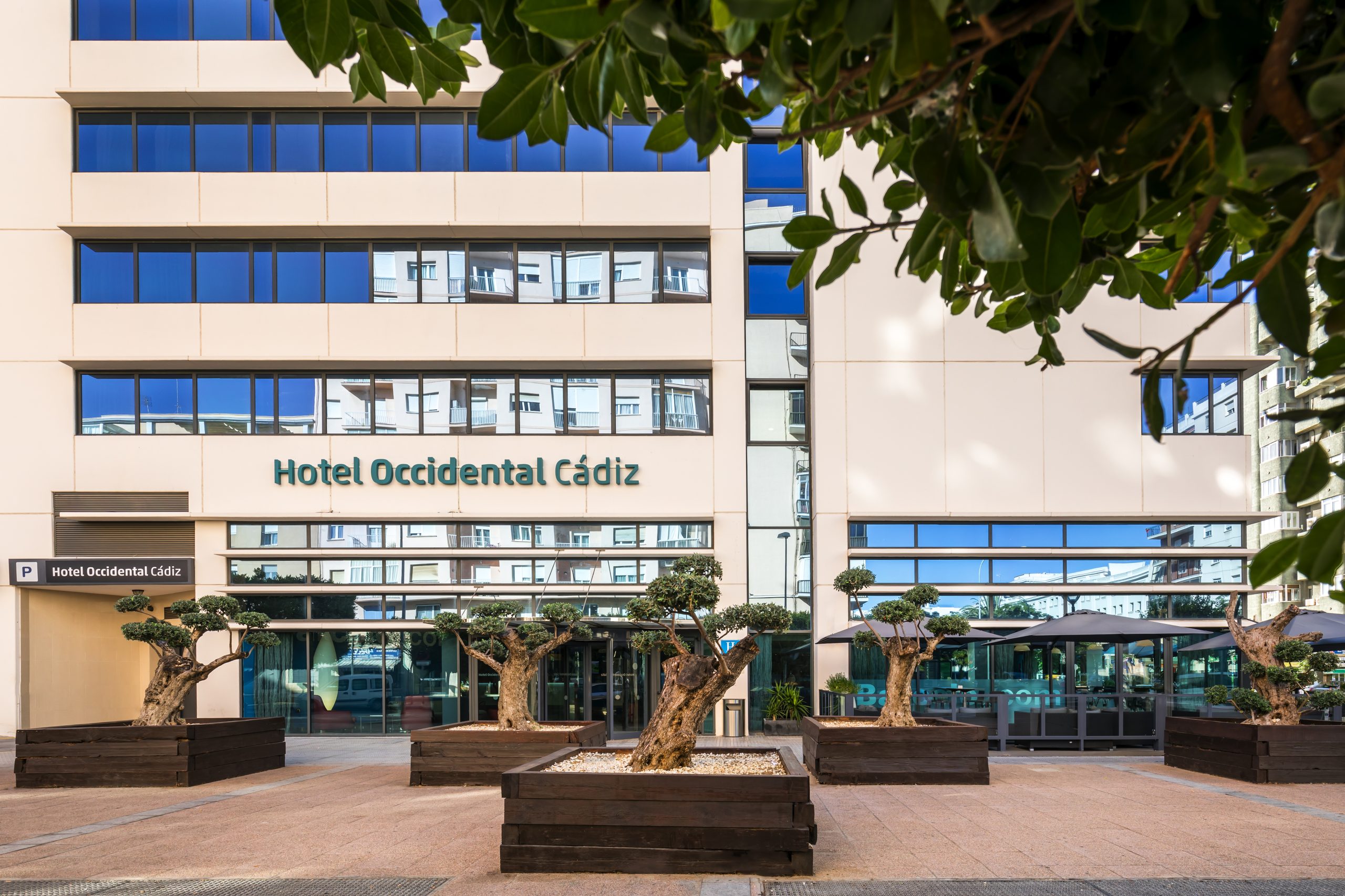Cádiz offers visitors a wide range of options thanks to its varied cultural history. For those interested in the ancient world there is the Roman Theatre, for fans of architecture, the Cathedral and the Falla Theatre, and for those who like history, the Castle of Santa Catalina, where you can also enjoy a beautiful sunset.
In terms of museums, the city also has a lot to offer. Right in the centre is one of the most-visited cultural spaces in Andalusia: the Museum of Cádiz [Cádiz City Museum]. And, although it is less well known, it’s all worth paying a visit to the Museum of the Cádiz Parliament.
The Museum of Cádiz: a brief outline of its origins
Archaeology, fine art and ethnography converge in this museum situated on Plaza de Mina. However, it wasn’t always located here, as its beginnings saw it pass through various other places. The origins of the Museum of Cádiz can be traced back to the Mendizábal Disentailment in 1835 when collections of paintings from different convents were taken to the Academy of Fine Arts.
Among these different pieces, the series created by Zurbarán for the Charterhouse of Jerez de la Frontera was to end up in the academy’s repository, laying the seeds for the future museum, whose collection began to expand with paintings from the nineteenth-century Cádiz school.
In 1887, an important discovery in the city’s shipyards would completely turn around the mission of the Museum of Cádiz: a Phoenician anthropoid sarcophagus, which was the first of many vestiges that began to emerge across the region due to its Phoenician origins and its importance during Roman times.
The discovery, and all those that came afterwards, meant that it was necessary to create an archaeology museum to house the ever-growing inventory of objects found in ceaseless excavations. After being based in various places, such as on Paseo de Canalejas, in 1935 the decision was made to occupy a site disentailed from the Convent of Saint Francis. There, in the nineteenth century, the architect Juan Daura had built a neo-Classical building, which was to end up housing the museum.
From the archaeology and fine arts museums to the great Museum of Cádiz
At first, the fine art and archaeology museums were two separate entities. However, in 1970 they joined to form what is today known as the Museum of Cádiz. In 1980, it underwent an extensive refurbishment and was divided into three sections, as can be seen today.
In the year 2004, Casa Pinillos, an adjoining private property, was donated to the museum. The beautiful bourgeoisie residence dating from the early eighteenth century allowed the museum to expand. After a large-scale restoration, Casa Pinillos was opened in 2011 with new modern rooms for putting on different exhibitions and events.
Exploring the Museum of Cádiz
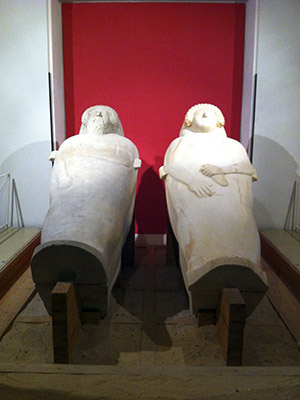
The cultural centre is the perfect way to fully grasp the rich heritage that Cádiz boasts. As previously mentioned, the museum has three clearly-defined departments with memorable pieces in each one of them.
- Archaeology. A total of eight rooms offer a journey back in time by means of the different discoveries found buried under Cádiz. Taking in prehistory, classical antiquity and the Middles Ages, of particular note are the Phoenician and Roman pieces. The sea is a recurring feature in many of the displays, since maritime commerce dominated the Bay of Cádiz during the aforementioned periods. The Phoenician sarcophagi, the Roman sculptures recovered from Baelo Claudia and Cádiz’s Roman Theatre, among many others, make up a highly valuable and important collection.
- Department of Fine Arts. Also comprised of eight rooms, exhibiting five centuries of painting, they can be followed chronologically, starting in the room dedicated to the sixteenth century. Given the magnitude of Baroque works, there are three rooms dedicated to the period; most of the paintings made by Zurbarán for the Charterhouse of Jerez de la Frontera, as well as paintings by Murillo, Alonso Cano and José de Ribera, complete the display dedicated to the Spanish Golden Age.
Another one of the rooms centres on the European Baroque, with pieces by maestros such as Rubens among the collection. The two rooms dedicated to the nineteenth century hold examples of costumbrista painting and historical artefacts. Finally, the two rooms dedicated to the twentieth century house gems by Sorolla, Zuloaga, Pérez Villalta and Miró—an artistic journey through some of the finest representatives of the art of painting in Spain.
Department of Ethnography. This collection centres on the Tía Norica puppets, a tradition in Cádiz with over 200 years of history. Officially declared Items of Cultural Interest, the most valuable—and at the same time oldest—pieces are housed in the department’s rooms. Through this exhibition you can learn about the fascinating origins of these handcrafted puppets that brought to life pivotal productions, such as El retablo de Maese Pedro by Falla, and which will delight both young and old.
Without a doubt, the museum houses a varied catalogue of great importance for history and heritage, not just in terms of Cádiz, and is a perfect way to condense centuries and centuries of art into just a few hours.




































































